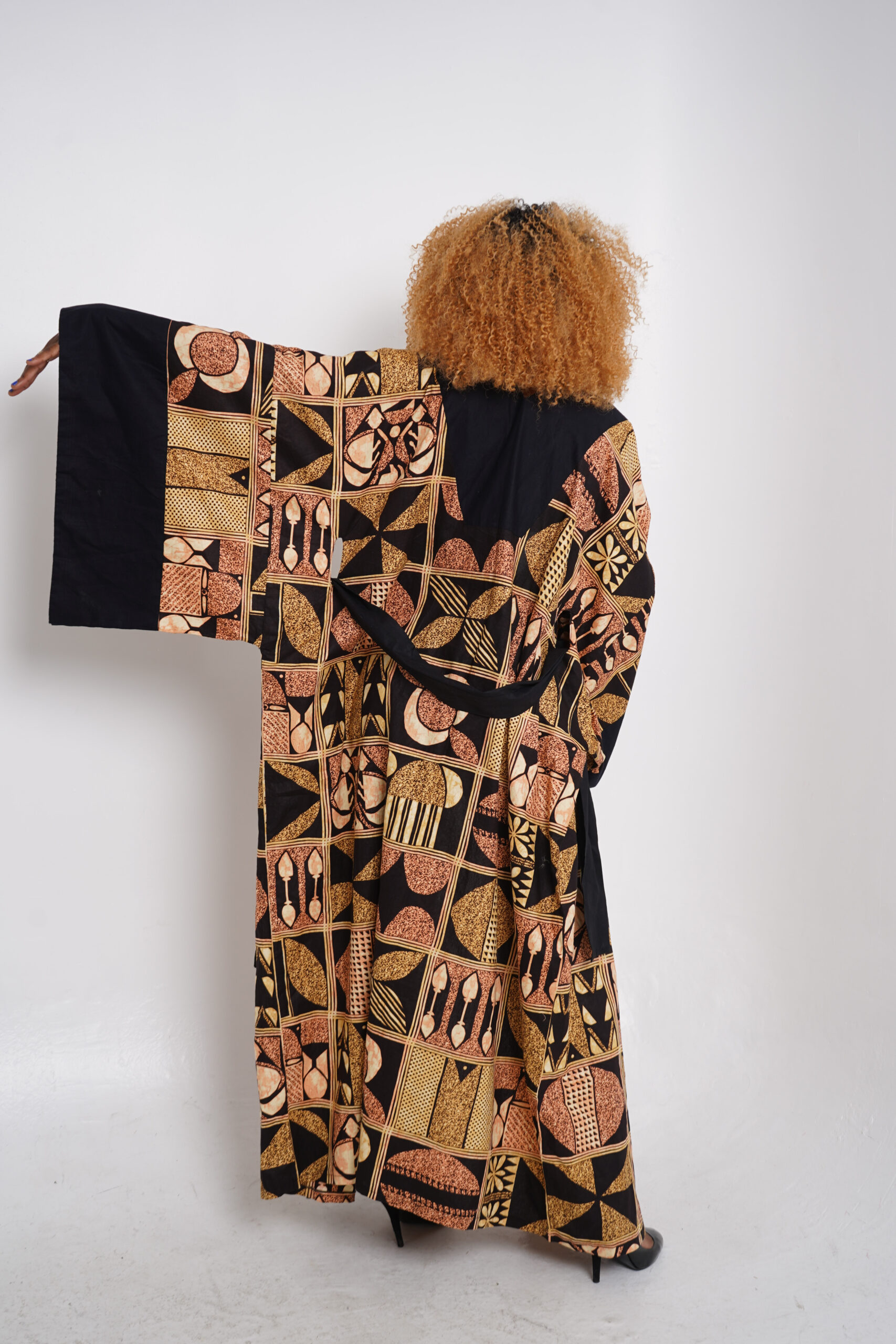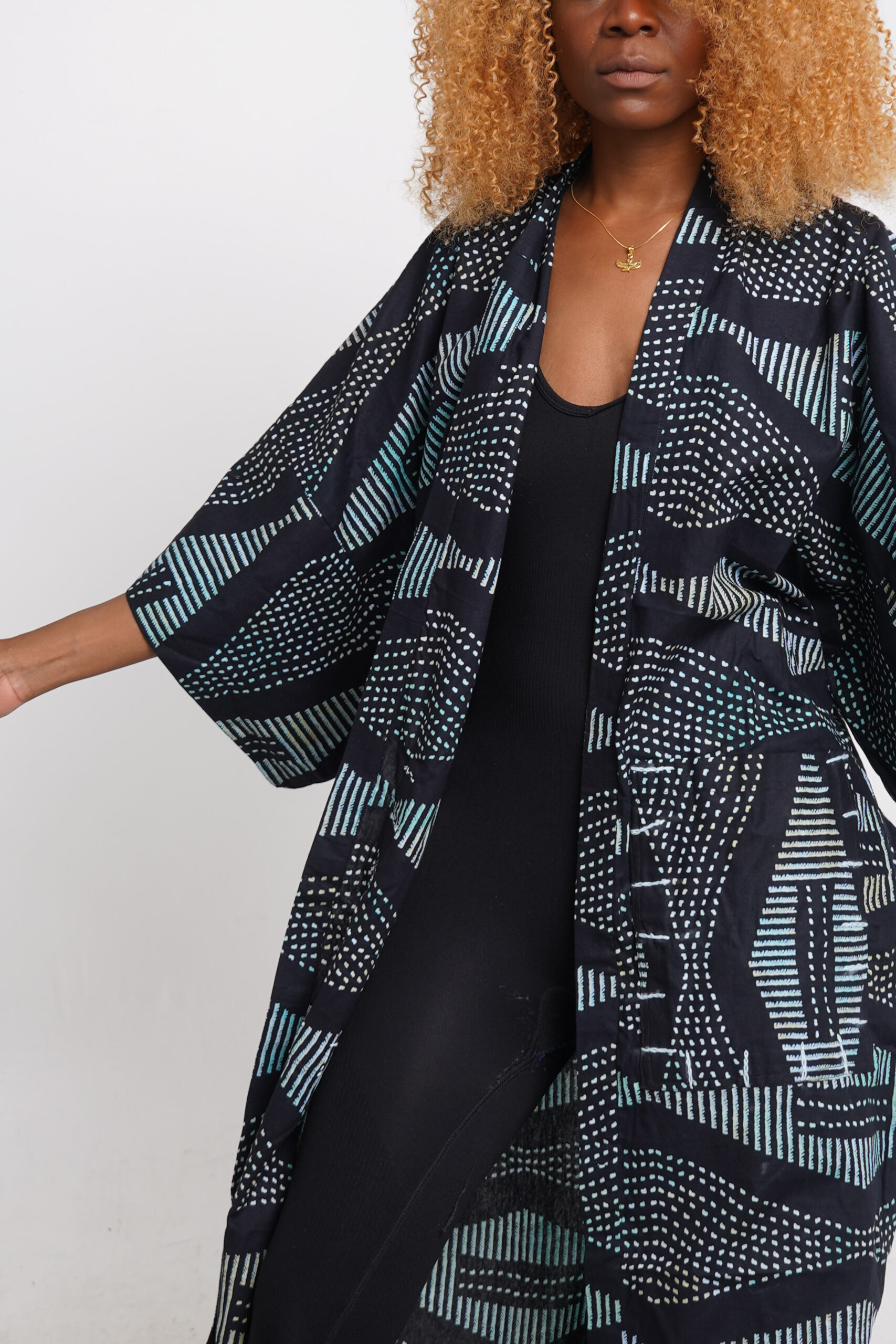Seasonal Suit Fabrics:
How to Choose the Right Material for Every Climate
When it comes to choosing the perfect suit, fabric selection is crucial. The right material not only enhances the suit’s appearance but also ensures comfort across different climates. This guide explores various fabric types, such as wool, linen, and cotton, and their performance in diverse weather conditions, making it particularly relevant for our international clients and those in Southeast Asia and Europe.
1) Wool:
The Versatile Choice
Wool is an all-season favorite due to its versatility and natural properties. It’s known for its breathability, durability, and ability to regulate temperature, making it suitable for both warm and cold climates.
-Winter : Wool provides excellent insulation, keeping you warm in colder months. Its natural fibers trap heat, making it ideal for winter suits.
-Summer: Lightweight wool, such as tropical wool, is breathable and moisture-wicking, helping you stay cool in hotter weather. It allows air to circulate while wicking away moisture from the skin.
2) Linen : The Summer Breeze
Linen is synonymous with summer. This lightweight and breathable fabric is perfect for hot and humid climates, commonly found in Southeast Asia.
Summer : Linen suits are ideal for summer as the fabric is incredibly breathable and has excellent moisture-wicking properties. It keeps you cool by allowing maximum airflow.
Drawbacks : However, linen tends to wrinkle easily, which might be less desirable for formal settings. But for casual or semi-formal occasions, linen offers unmatched comfort.
3) Cotton :
The Comfortable Middle Ground
Cotton suits strike a balance between wool and linen. This fabric is versatile and suitable for a range of climates, especially for spring and autumn.
Spring/Autumn: Cotton’s natural fibers are breathable and soft, offering comfort during mild weather. It’s less insulating than wool but provides more structure and wrinkle resistance than linen.
Summer: In lighter weights, cotton can be comfortable in warmer weather, though it may not be as breathable as linen.
4) Blends: The Best of Both Worlds
Fabric blends combine the best properties of different materials, enhancing the suit’s performance across seasons.
-Wool-Cotton Blends: These blends offer the durability and breathability of wool with the softness and comfort of cotton, making them suitable for various climates.
-Linen-Cotton Blends: This combination provides the breathability of linen with the structure and wrinkle resistance of cotton, ideal for summer.
Choosing the Right Fabric for Your Climate
When selecting a suit fabric, consider the typical climate and your comfort preferences:
Hot and Humid Climates (e.g., Southeast Asia): Opt for lightweight and breathable fabrics like linen or cotton, or blends that offer cooling properties.
Mild and Variable Climates (e.g., Europe): Wool and wool blends are versatile choices, providing comfort in both cooler and warmer temperatures.













